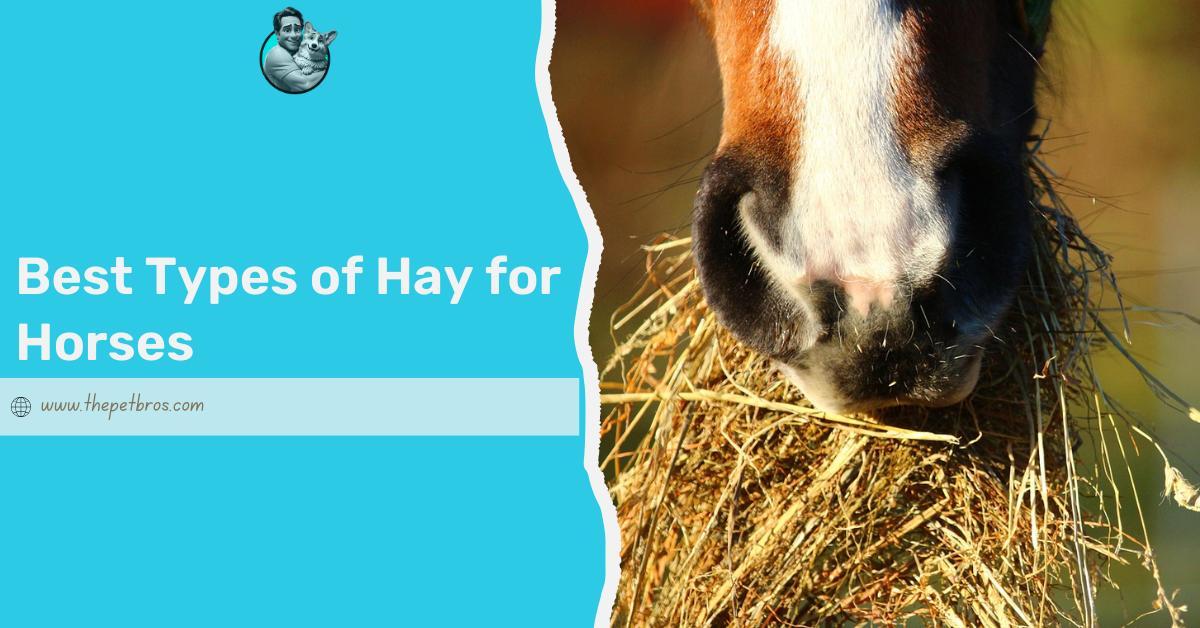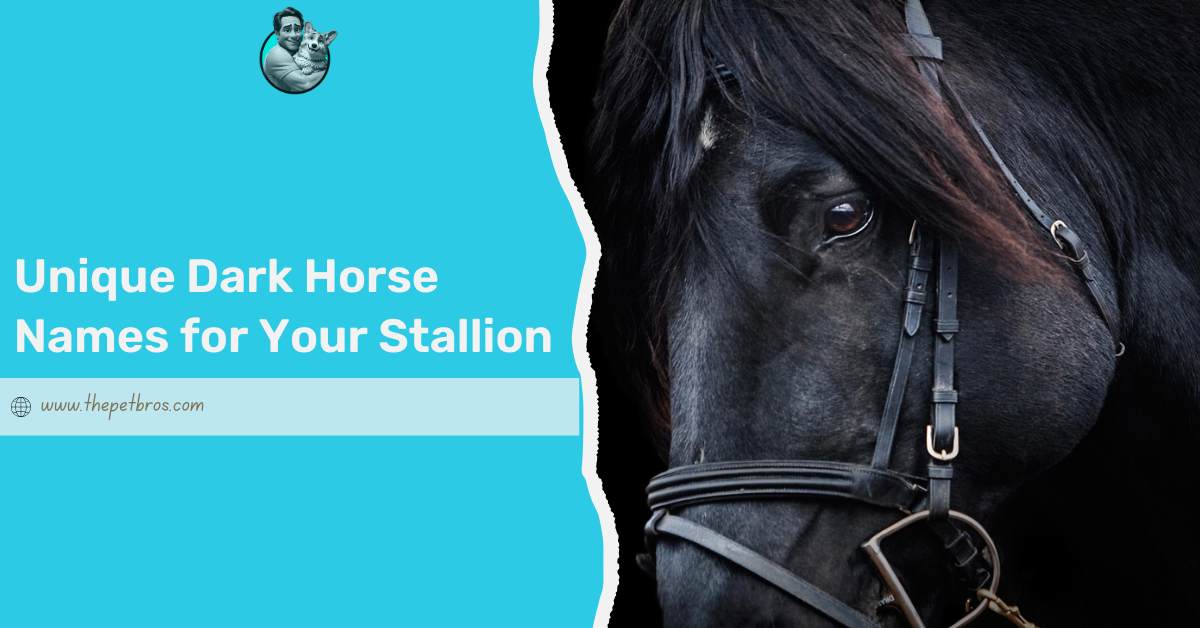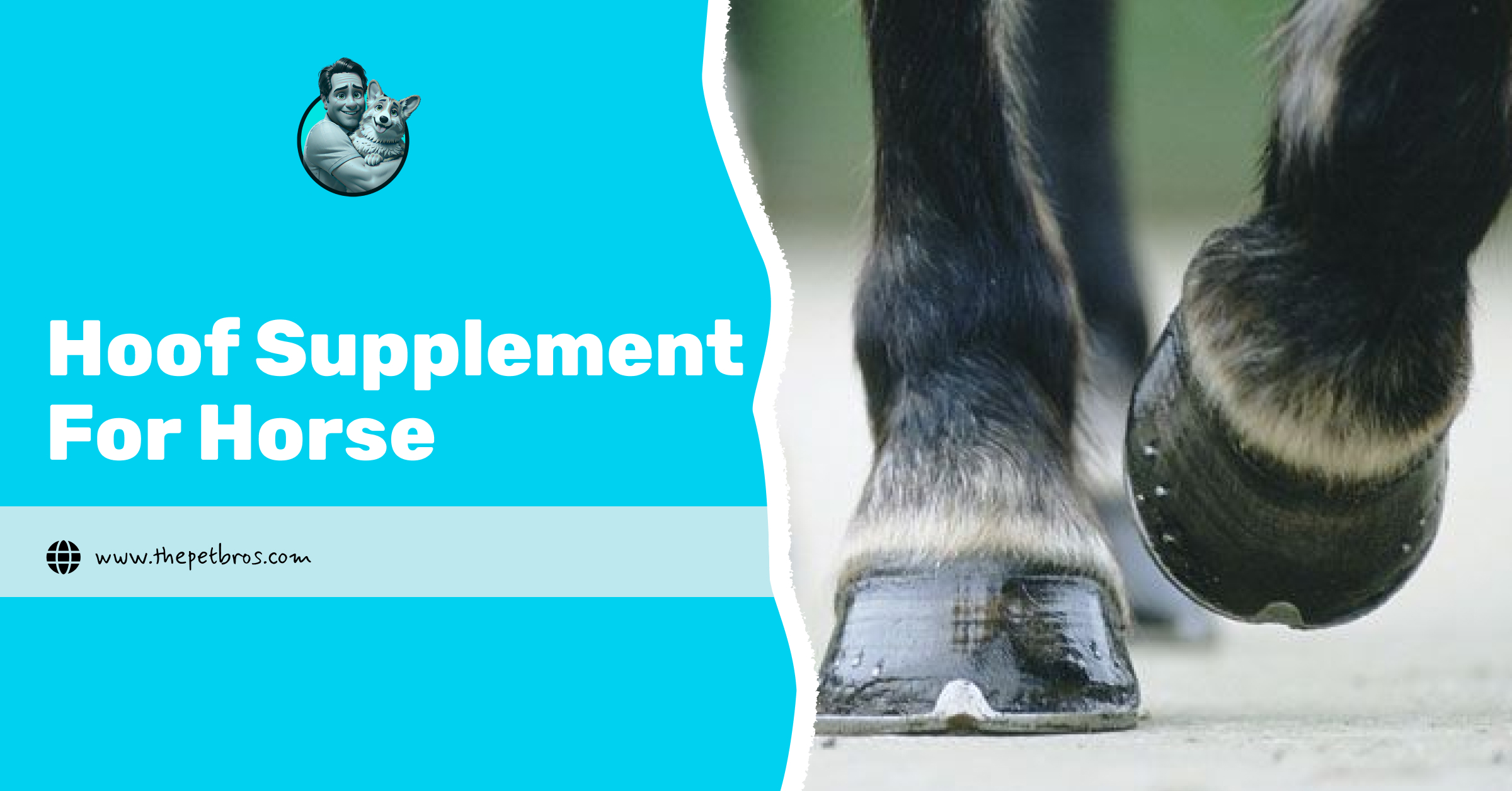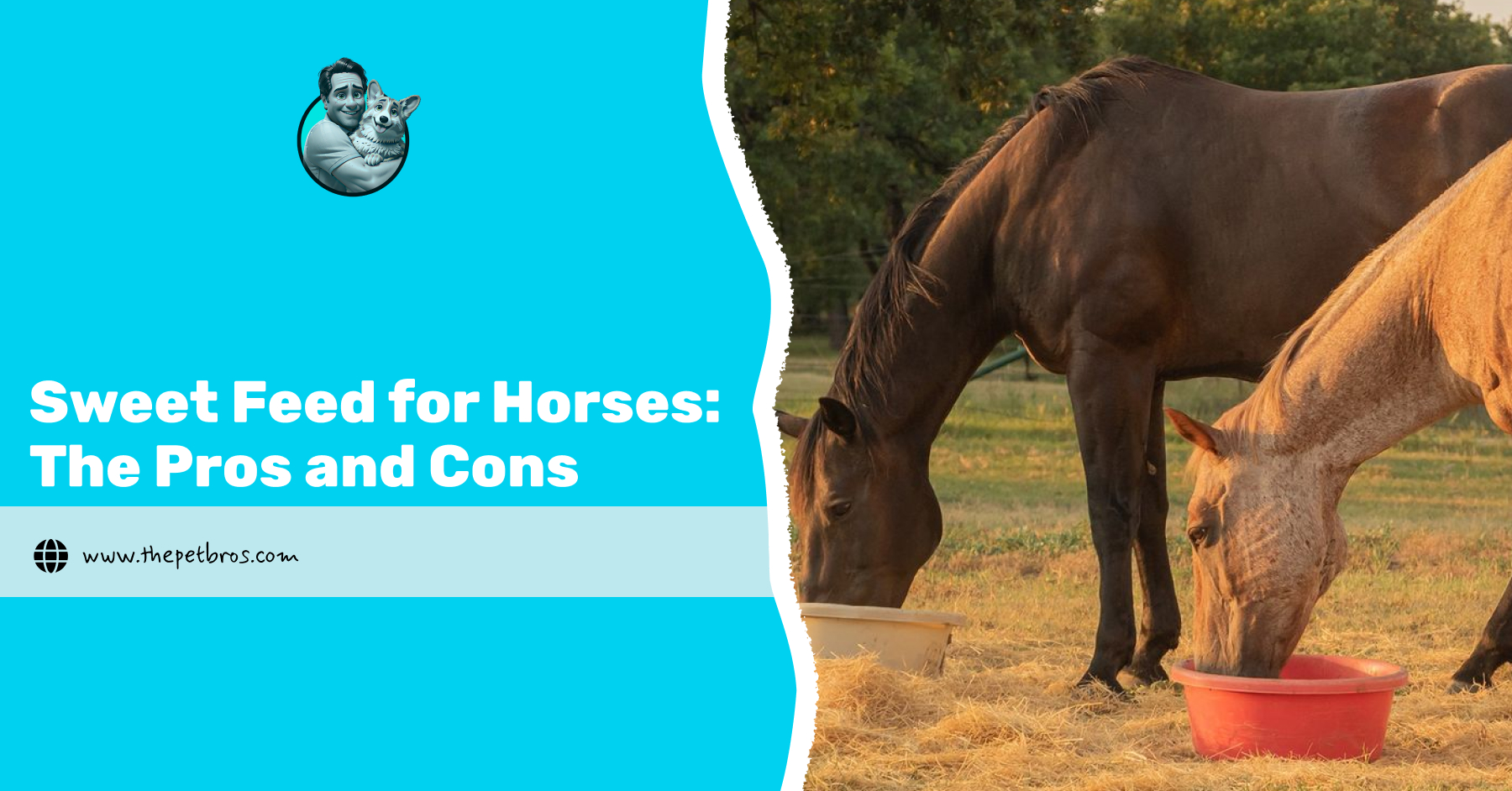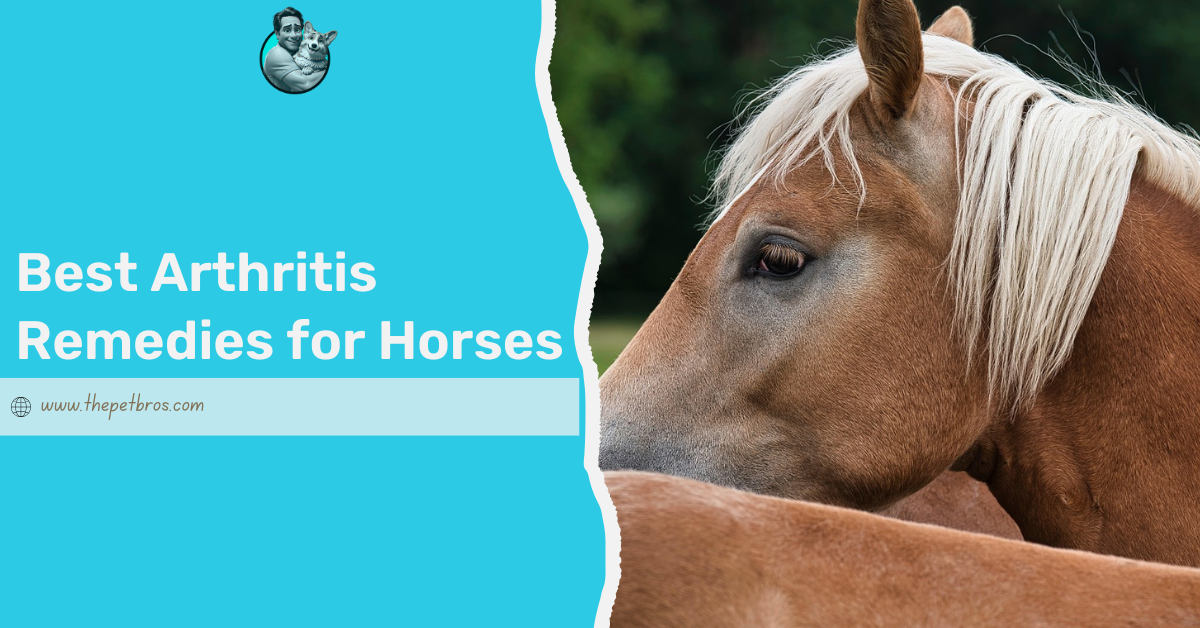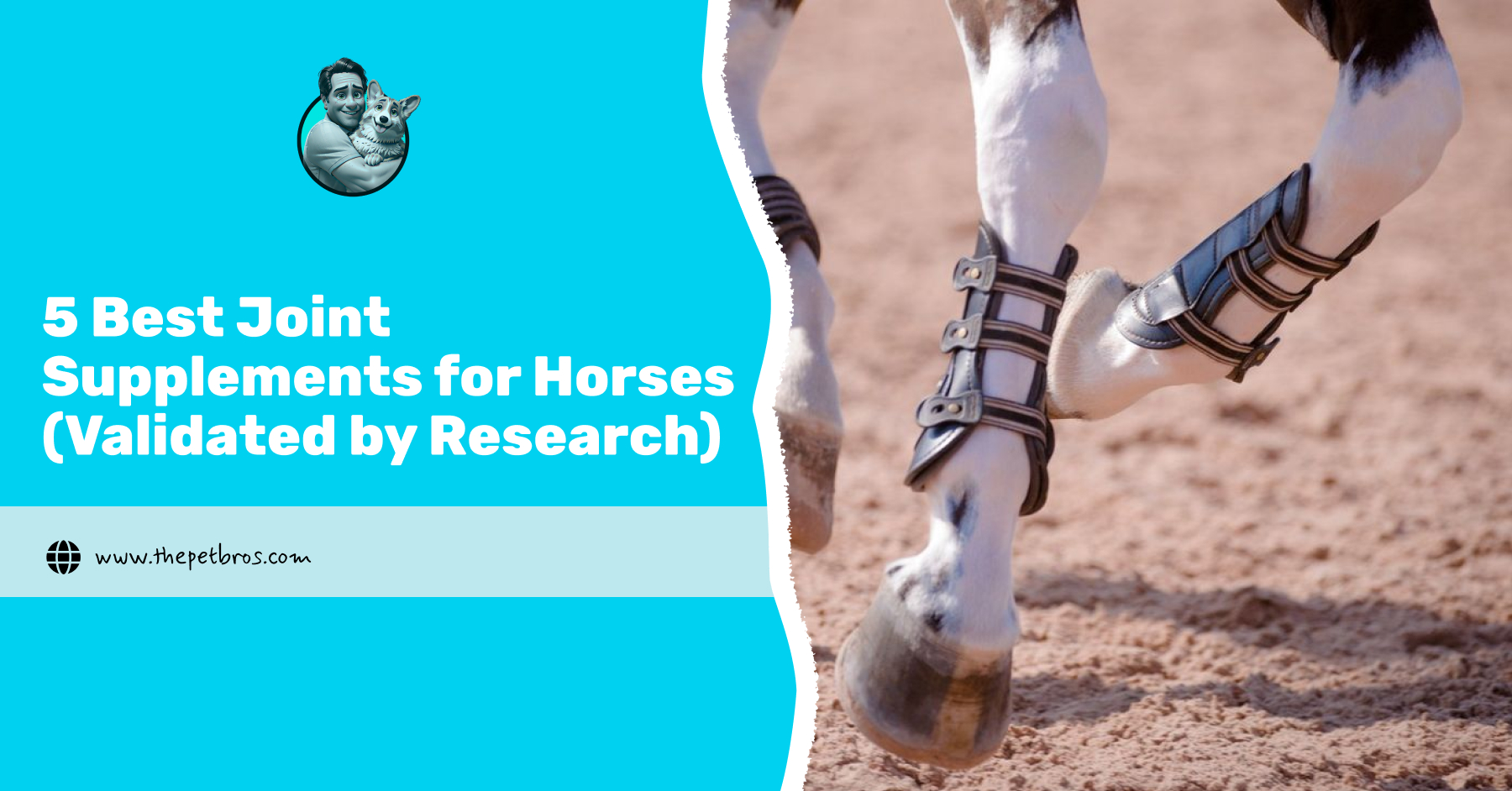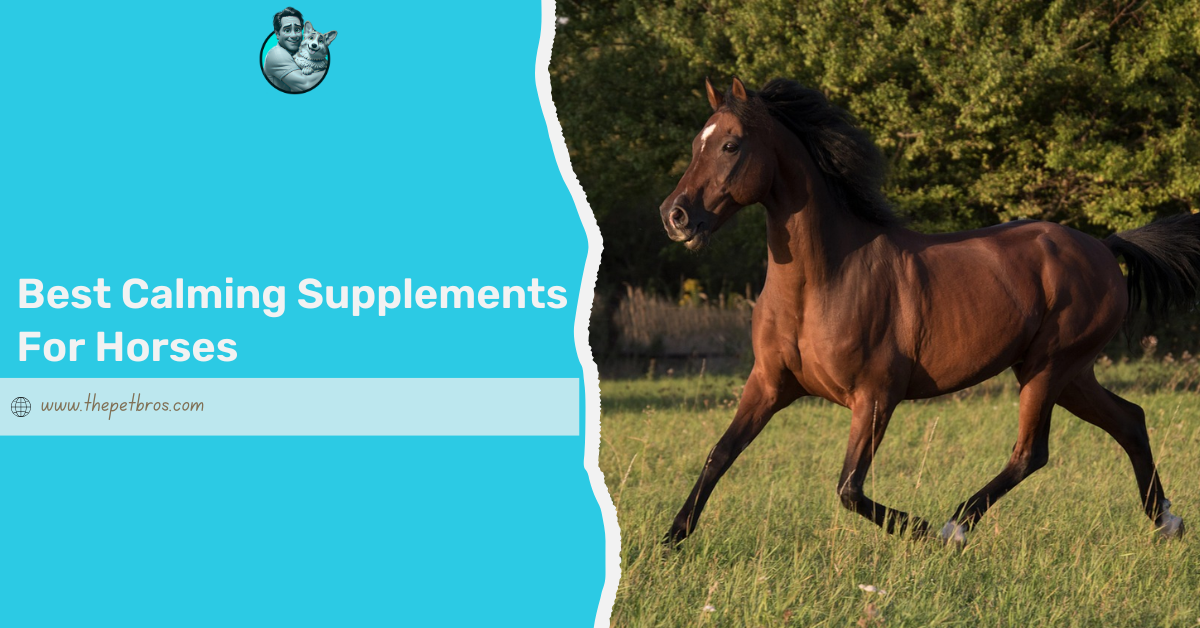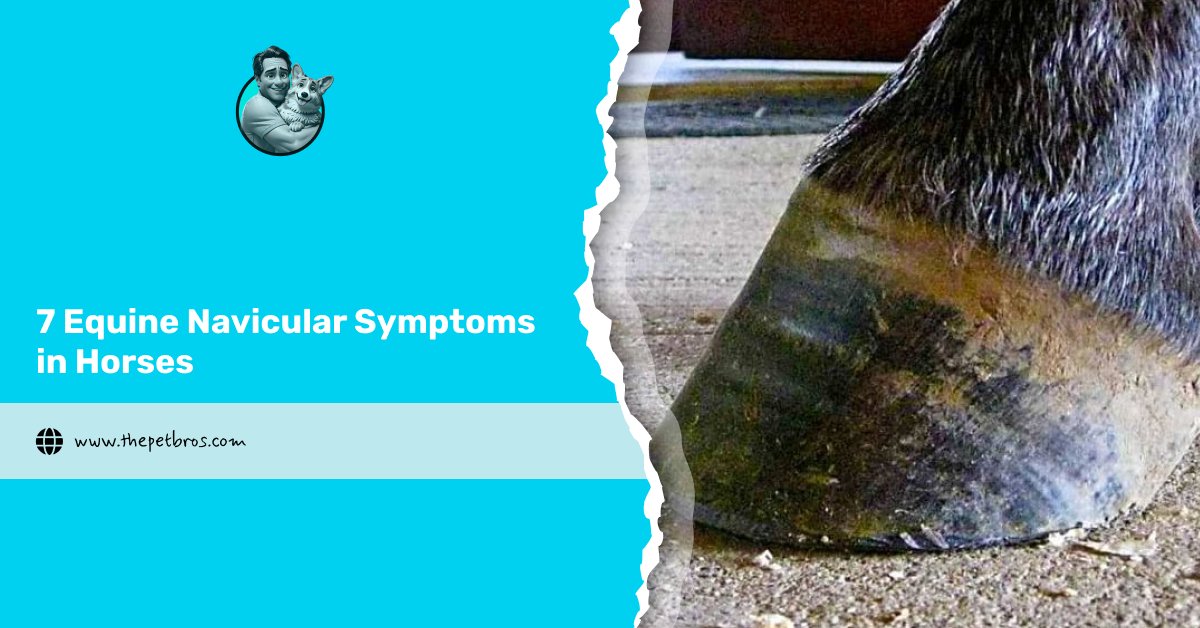When it comes to feeding horses nutritional foods, everyone talks about grains, supplements, and fancy feeds. But the real hero of the diet is hay. It’s what your horse eats most of the time, and getting the right one makes all the difference. The trouble is, with so many types of hay for horses available, it’s easy to get lost in a bale of conflicting opinions.
Is alfalfa too rich? Is meadow hay too basic? What about cereal hays, are they just filler? The truth is, each type of hay brings something different to the table, and the “best” kind depends entirely on your horse’s age, workload, health, and how sensitive their digestive system happens to be this week.
In this article, we’ll explore the most common types of hay for horses, break down their pros and cons, and help you determine which is best for your horse’s needs.
Best 8 Types of Hay For Horses and How They Compare
1. Alfalfa (Lucerne)
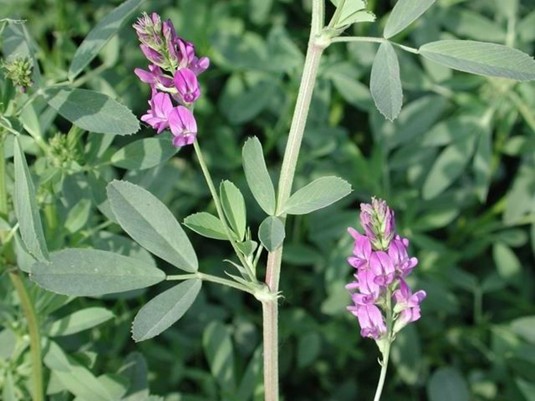
Alfalfa is one of the healthiest hays to feed your horse. It’s rich, dense, and packed with calcium and energy. Performance horses, lactating mares, and growing foals often thrive on it because of how much fuel it provides.
However, for the average horse who isn’t galloping cross-country every day, alfalfa might be a bit much. It can lead to excess urination, wet bedding, and even behavioural changes if overfed. Think of it as the hay version of an espresso shot, great when needed, but not something every horse can handle daily.
Besides the fuel this hay provides for active horses, recent studies confirm that alfalfa is perfect for horses with sensitive digestion or prone to colic. When in doubt, this is the hay most owners reach for, and frankly, your horses would not mind one bit.
2. Red Clover
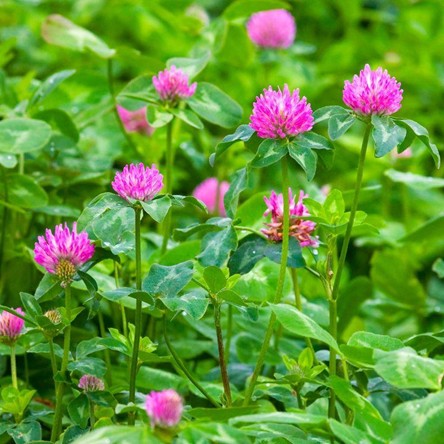
Think of Red clover as the wealthy cousin who visits occasionally and leaves a lasting impression. This is because of how much effect this type of har can have on your horses. It’s packed with nutrition and offers horses a nice fibre boost, making it a solid choice for those needing a bit more in their feed.
But here’s where it gets quirky. Some horses start drooling excessively after eating it, not because they’re excited, but because of a natural compound that stimulates saliva. While it’s not harmful, it can be a bit drippy.
You’ll also want to watch for mould. Red clover has a reputation for going off quicker than other hays, especially if not stored properly. And don’t be surprised if your horse’s urine turns a faint reddish shade; it’s usually harmless.
3. Timothy Grass
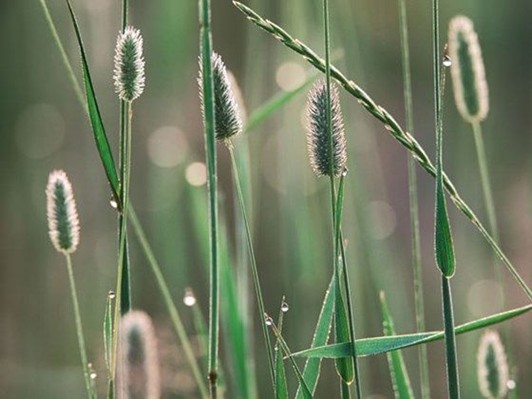
Timothy grass is the type of hay you can always depend on; no wonder it is one of the most popular types of hay for horses, especially in the UK. With moderate protein and calcium levels, it’s easy on the digestive system and a hit with horses that don’t need the bells and whistles of richer feeds.
It’s especially great for mature horses, those with lower energy demands, or ones that are watching their waistlines. The soft stems, sweet smell, and consistent quality make it a reliable option that horses genuinely enjoy.
4. Orchardgrass
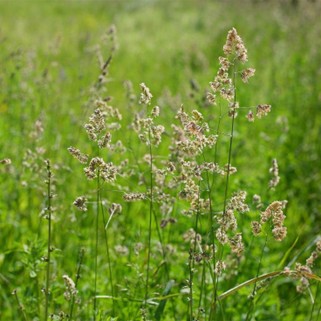
Orchardgrass is soft, smells sweet, and has just the right touch of nutrients to keep most horses content, especially the ones who turn their noses up at coarser feeds.
What makes this hay a favourite in some stables is its palatability. Horses tend to munch it down happily, which is a win if you’ve got a picky eater. Nutritionally, it sits somewhere between timothy and alfalfa, making it a flexible option.
The one thing to watch out for, however, is that orchardgrass can get dusty if not cured properly. So, a quick look and sniff before feeding is always a good idea. When it’s stored right, though, orchardgrass is a wholesome, fuss-free option your horse will probably thank you for in snorts and satisfied chews.
5. Meadow Hay
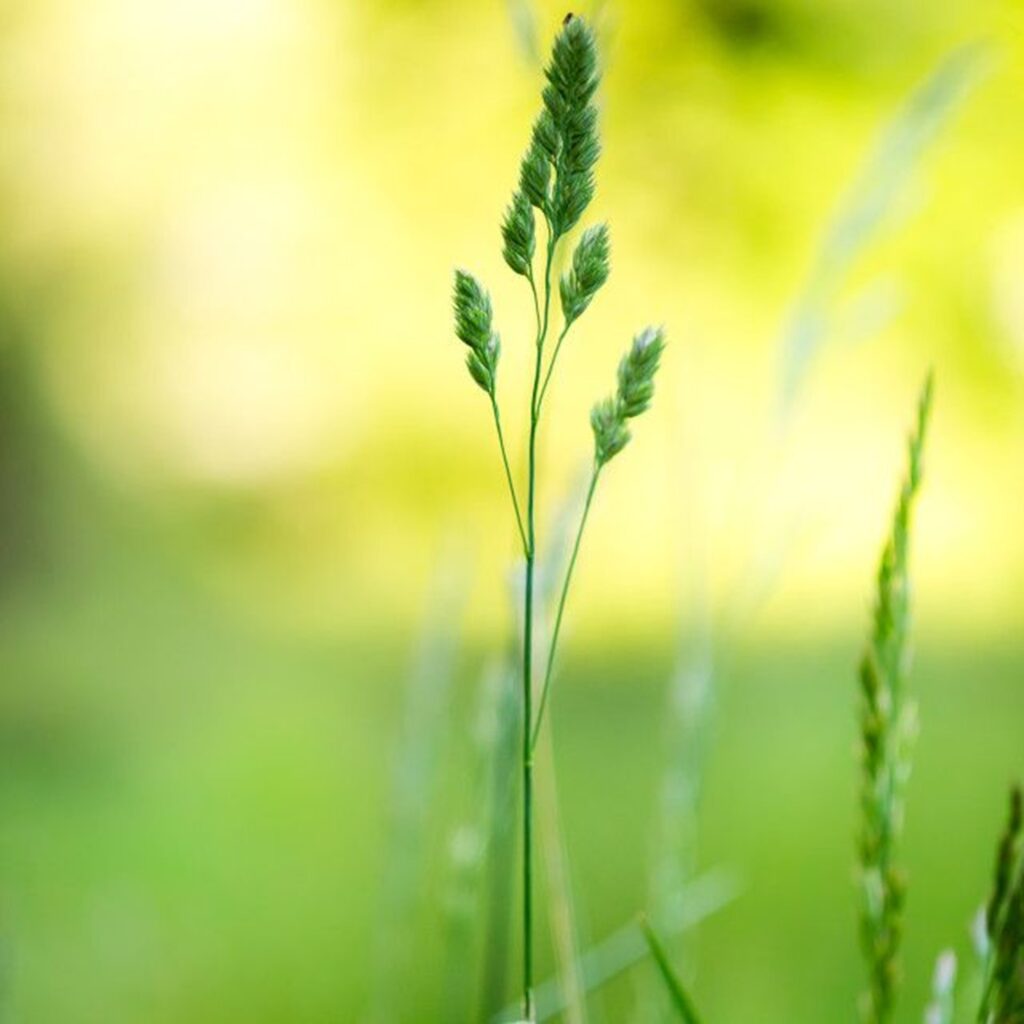
Meadow hay is a bit of a lucky dip. It’s made from whatever grasses are naturally growing in a pasture, which means every bale is slightly different. You might find ryegrass, timothy, clover, or even the occasional wildflower tucked in. Because of that variety, it’s often more affordable and widely available.
That said, meadow hay isn’t always consistent in quality. Some batches are nutrient-rich and clean, while others might sneak in a few weeds or coarse stems. This is one of those types of hay for horses that really depends on the source.
If you’re buying meadow hay, give it a proper once-over. Look for a nice colour, a sweet smell, and avoid anything that looks dusty or mouldy. When it’s good, it’s great. But a bad batch can be more trouble than it’s worth.
6. Oaten/Barley Hay
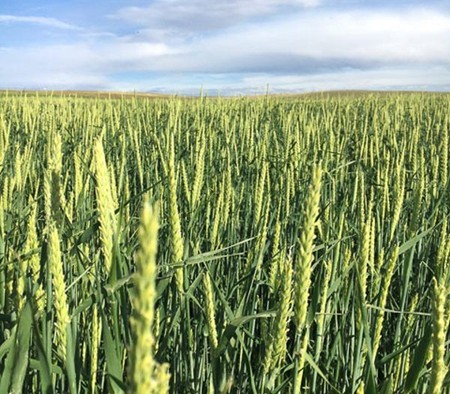
Oaten and barley hay are often lumped into the cereal hay category, and they’re pretty common in some regions. These types of hay for horses are made from the leftover stalks of oat or barley crops, usually harvested before the grain fully matures.
They’re lower in protein and calcium, which makes them a solid choice for horses that are easy keepers or those with low energy needs. But here’s where you’ll need to pay attention — if the barley heads are too mature, they can be a bit scratchy and may irritate your horse’s mouth or gums.
Oaten hay tends to be more palatable than barley and is often preferred for fussy eaters. Just make sure you’re getting hay that’s clean and free of weeds or coarse materials. And as with all types of hay for horses, quality control makes the difference between a good feed and a regretful bale.
7. Fescue
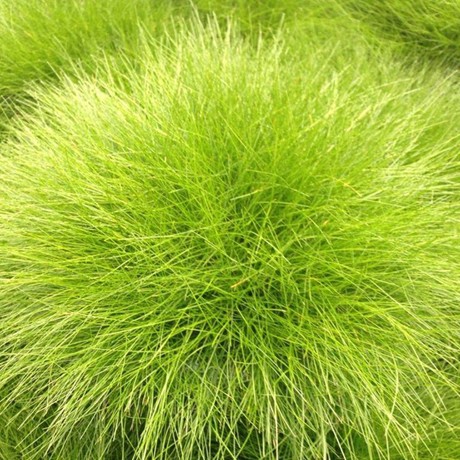
Fescue is a hardy grass that can grow where other grasses struggle, making it a go-to option in harsher climates. It’s one of the more durable types of hay for horses, but it’s not without its quirks.
Here’s the important bit: some fescue contains endophytes, which are fungi that live inside the plant. While they help the plant survive, they can be harmful to horses, particularly pregnant mares. Endophyte-infected fescue has been linked to foaling problems and should be avoided during late pregnancy.
Nutritionally, fescue isn’t the most exciting on the list. It’s low in sugar and protein, which can be suitable for horses with restricted diets, but it’s often less palatable if harvested too late. If you’re considering fescue, ask your supplier about the endophyte status. It’s one of those hays that needs a bit of background checking.
8. Birdsfoot Trefoil
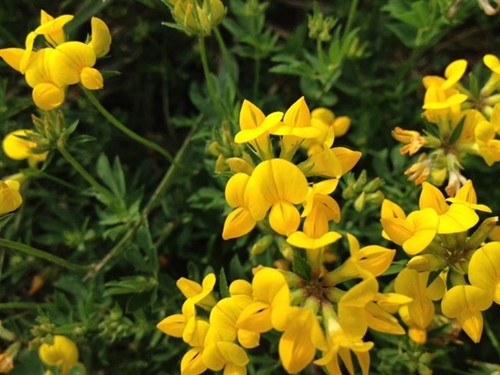
Birdsfoot trefoil is one of those lesser-known types of hay for horses, but it’s got its own quiet charm. It grows well in wet, low-lying areas and doesn’t mind a bit of soggy soil, a win if you’re in a rain-prone area. Nutritionally, it’s similar to clover but with a bonus: it contains lower sugar levels, which makes it suitable for horses with metabolic conditions or those prone to laminitis.
The downside is that some horses aren’t too fond of its bitter taste at first. They might turn up their noses, but many warm up to it over time, especially if it’s mixed with something more palatable.
So, What Hay Are You Feeding Your Horse?
Feeding your horse properly takes a lot more effort than tossing any type of grass on their plate. You need to consider choosing the right type that suits their unique needs. Each type of hay for horses brings something different to the table. The key is to understand what your horse needs based on their age, activity level, and health conditions.
Always go for hay that smells fresh, feels soft with a good leaf-to-stem balance, and looks clean without any mould or weeds. These small details can make a big difference in your horse’s digestion, energy, and overall well-being. And remember, diet is just one piece of the puzzle. Knowing how to take care of your horse from feeding and grooming to exercise and vet check-ups is what truly keeps them thriving.
FAQs
Is meadow hay safe for all horses?
It depends on the quality. Meadow hay can be excellent if it is weed-free and clean, but it should always be checked before feeding.
Can horses get too much protein from hay?
Yes, especially from rich hay like alfalfa. Excess protein is excreted, but it can lead to more urination and wet bedding.
What hay is best for laminitic horses?
Low-sugar, late-cut timothy or soaked hay is the best. Avoid hay high in starch and sugar.
Is it okay to feed hay cubes instead of baled hay?
Yes, hay cubes are a convenient and less dusty alternative. They’re great for horses with respiratory issues.






